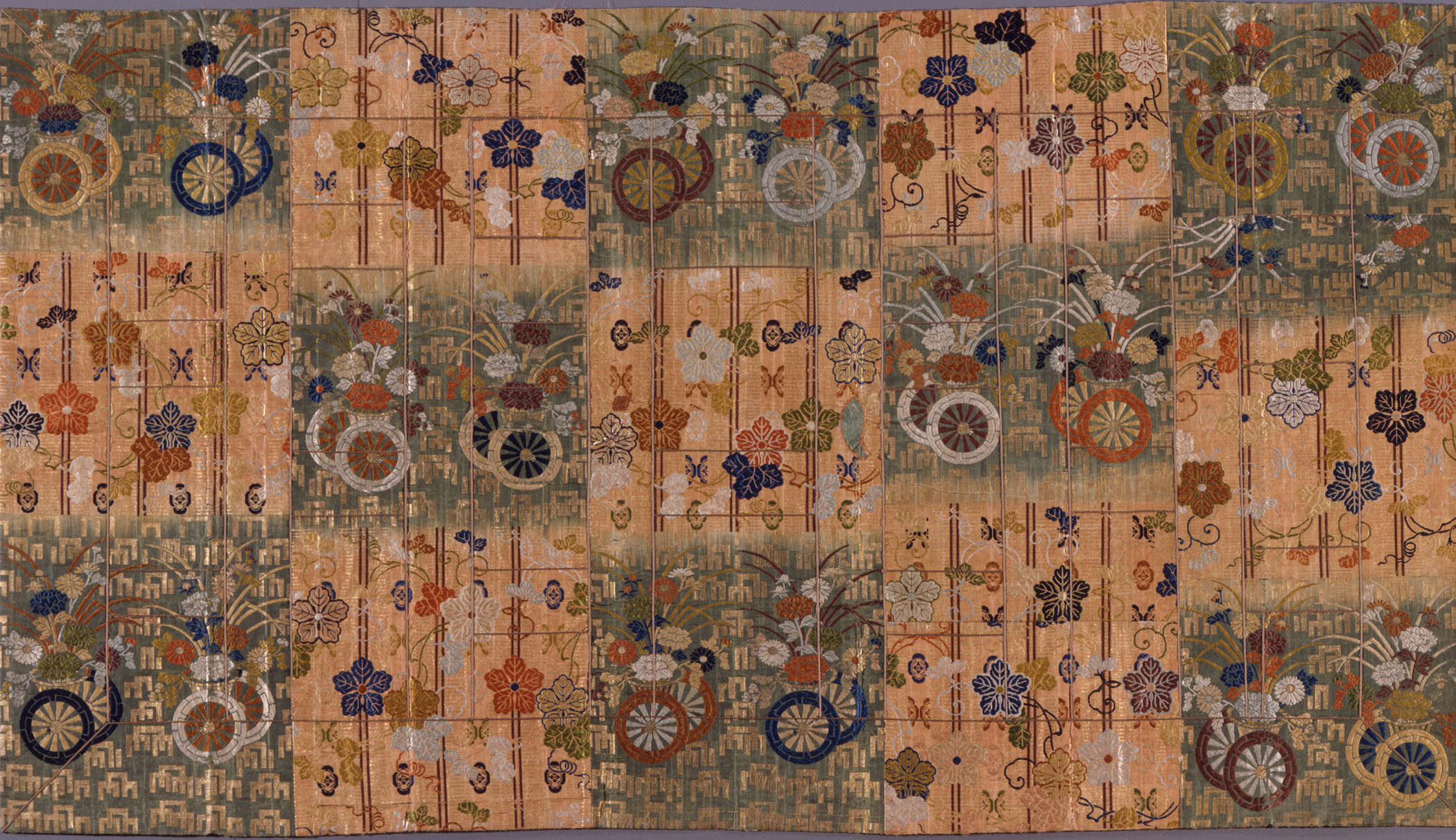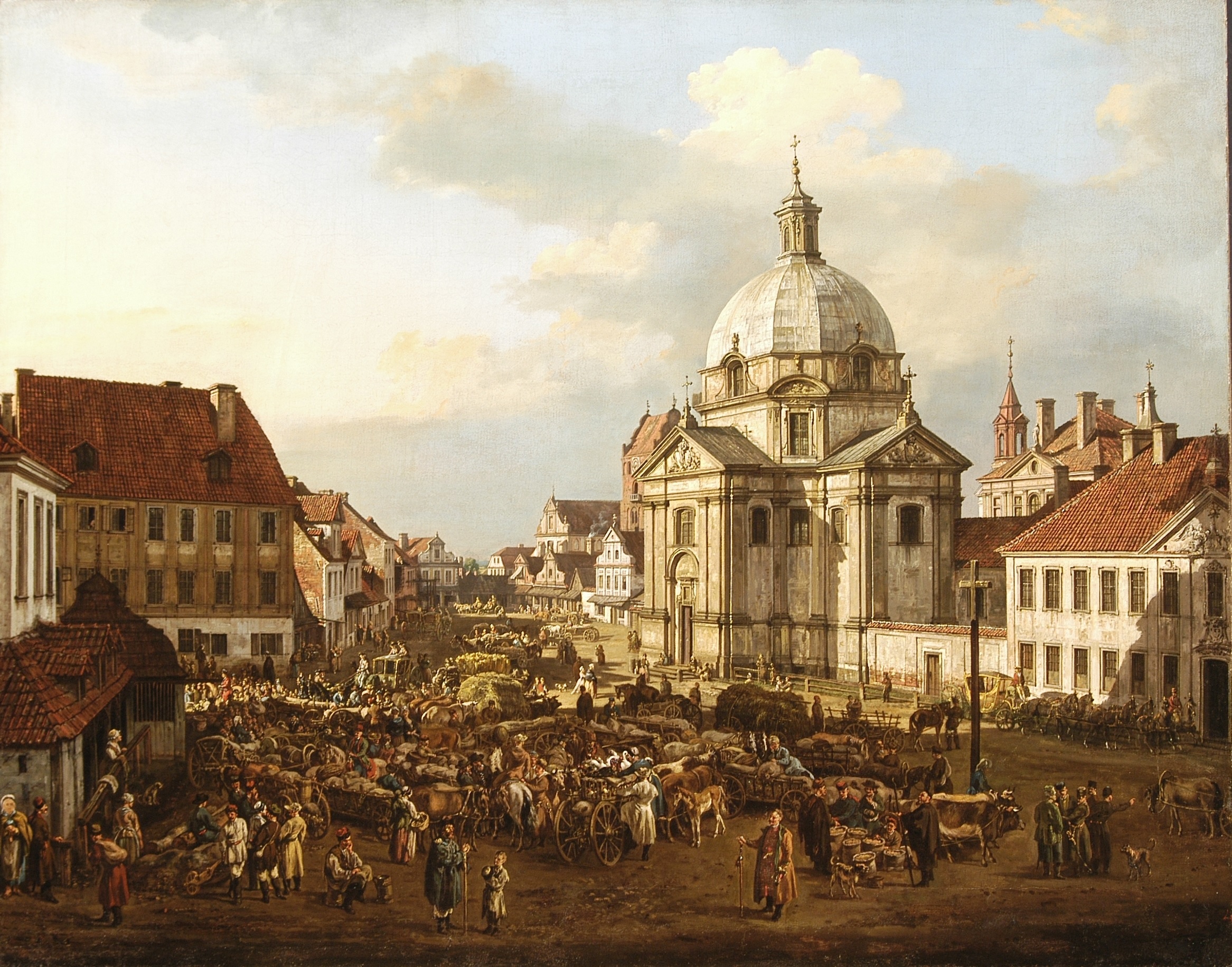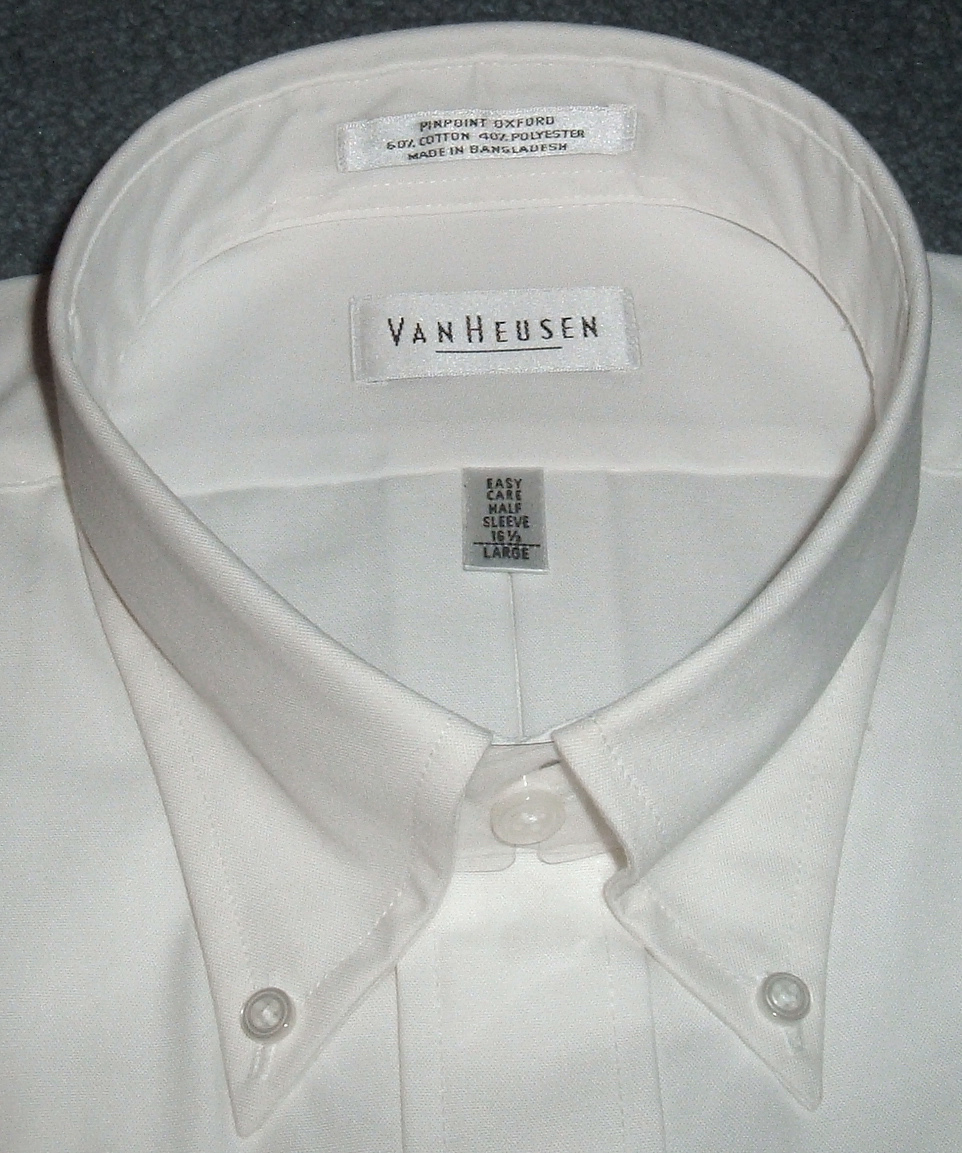|
Felician Sisters
The Felician Sisters, in full Congregation of Sisters of St. Felix of Cantalice Third Order Regular of St. Francis of Assisi (abbreviated CSSF), is a religious institute of pontifical right whose members profess public vows of and live in common. This religious institute was founded in Warsaw, Poland, in 1855, by Angela Truszkowska, and named for a shrine of Saint Felix of Cantalice, a 16th-century Order of Friars Minor Capuchin, Capuchin especially devoted to children. History Foundation On the Feast of the Presentation of the Blessed Virgin Mary, November 21, 1855, while praying before an icon of Our Lady of Czestochowa, Angela Truszkowska and her cousins dedicated themselves to do the will of Jesus Christ in all things. Hereafter this was recorded as the official founding day of the Congregation of the Sisters of St. Felix of Cantalice. People began calling them "Sisters of St. Felix", in reference to the shrine of St. Felix of Cantalice at a nearby Capuchin church. They ... [...More Info...] [...Related Items...] OR: [Wikipedia] [Google] [Baidu] [Amazon] |
Religious Congregation
A religious congregation is a type of Religious institute (Catholic), religious institute in the Catholic Church. They are legally distinguished from Religious order (Catholic), religious orders – the other major type of religious institute – in that members take simple vows, whereas members of religious orders take solemn vows. History Until the 16th century, the vows taken in any of the religious orders approved by the Holy See, Apostolic See were classified as solemn.Arthur Vermeersch, "Religious Life" in The Catholic Encyclopedia, Vol. 12. New York: Robert Appleton Company, 1911 . Accessed 18 July 2011. This was declared by Pope Boniface VIII (1235–1303). According to this criterion, the last religious order foun ... [...More Info...] [...Related Items...] OR: [Wikipedia] [Google] [Baidu] [Amazon] |
Religious Habit
A religious habit is a distinctive set of clothing worn by members of a religious order. Traditionally, some plain garb recognizable as a religious habit has also been worn by those leading the religious Hermit, eremitic and Anchorite, anchoritic life, although in their case without conformity to a particular uniform style. Uniformity and distinctiveness by order often evolved and changed over time. Interpretation of terms for clothes in religious rules could change over centuries. Furthermore, every time new communities gained importance in a cultural area the need for visual separation increased for new as well as old communities. Thus, modern habits are rooted in historic forms, but do not necessarily resemble them in cut, color, material, detail or use. In Christian monasticism, Christian monastic orders of the Catholic church, Catholic, Lutheranism, Lutheran and Anglicanism, Anglican Churches, the habit often consists of a tunic covered by a scapular and cowl, with a hood ... [...More Info...] [...Related Items...] OR: [Wikipedia] [Google] [Baidu] [Amazon] |
Livonia, Michigan
Livonia ( ) is a city in Wayne County in the U.S. state of Michigan. A western suburb of Detroit, Livonia is located roughly northwest of downtown Detroit. As of the 2020 census, the city had a population of 95,535. Originally organized as Livonia Township in 1835, it was incorporated as a city in 1950. History After most members of the indigenous tribes were pushed out of the area, ethnic European-American pioneers from New England and New York settled here. The borders of Livonia Township were defined by the Legislature of the Territory of Michigan on March 17, 1835. The settlers named the community "Livonia", after Livonia, New York, a town in the western part of the state, from where many had migrated.City of LivoniHistory Retrieved on January 11, 2009. Livonia Township was split off from Nankin Township, in which a Livonia post office had been established in June 1834. During the days of the township, a number of small communities developed. One of these was Elmwo ... [...More Info...] [...Related Items...] OR: [Wikipedia] [Google] [Baidu] [Amazon] |
Works Of Mercy
Works of mercy (sometimes known as acts of mercy) are practices considered meritorious in Christian ethics. The practice is popular in the Catholic Church as an act of both penance and charity. In addition, the Methodist church teaches that the works of mercy are a means of grace that evidence holiness of heart (entire sanctification). The works of mercy have been traditionally divided into two categories, each with seven elements: # "Corporal works of mercy" which concern the material and physical needs of others. # "Spiritual works of mercy" which concern the spiritual needs of others. Pope John Paul II issued a papal encyclical on 30 November 1980, declaring that "Jesus Christ taught that man not only receives and experiences the mercy of God, but that he is also called upon 'to practice mercy' towards others." [...More Info...] [...Related Items...] OR: [Wikipedia] [Google] [Baidu] [Amazon] |
Religious Sister
A religious sister (abbreviated: Sr.) in the Catholic Church is a woman who has taken public vows in a religious institute dedicated to apostolic works, as distinguished from a nun who lives a cloistered monastic life dedicated to prayer and labor, or a canoness regular, who provides a service to the world, either teaching or nursing, within the confines of the monastery. Nuns, religious sisters and canonesses all use the term "Sister" as a form of address. The ''HarperCollins Encyclopedia of Catholicism'' (1995) defines "congregations of sisters s institutes of women who profess the simple vows of poverty, chastity, and obedience, live a common life, and are engaged in ministering to the needs of society." As William Saunders writes: "When bound by simple vows, a woman is a sister, not a nun, and thereby called 'sister'. Nuns recite the Liturgy of the Hours or Divine Office in common .. ndlive a contemplative, cloistered life in a monastery ..behind the 'papal enclosure' ... [...More Info...] [...Related Items...] OR: [Wikipedia] [Google] [Baidu] [Amazon] |
Ecclesiastical Province
An ecclesiastical province is one of the basic forms of jurisdiction in Christian churches, including those of both Western Christianity and Eastern Christianity, that have traditional hierarchical structures. An ecclesiastical province consists of several dioceses (or eparchies), one of them being the archdiocese (or archeparchy), headed by a metropolitan bishop or archbishop who has ecclesiastical jurisdiction over all other bishops of the province. In the Greco-Roman world, ''ecclesia'' (; ) was used to refer to a lawful assembly, or a called legislative body. As early as Pythagoras, the word took on the additional meaning of a community with shared beliefs. This is the meaning taken in the Greek translation of the Hebrew Scriptures (the Septuagint), and later adopted by the Christian community to refer to the assembly of believers. In the history of Western world (sometimes more precisely as Greco-Roman world) adopted by the Roman Empire and the Byzantine Empire, ... [...More Info...] [...Related Items...] OR: [Wikipedia] [Google] [Baidu] [Amazon] |
Warsaw, Poland
Warsaw, officially the Capital City of Warsaw, is the capital and largest city of Poland. The metropolis stands on the River Vistula in east-central Poland. Its population is officially estimated at 1.86 million residents within a greater metropolitan area of 3.27 million residents, which makes Warsaw the 6th most-populous city in the European Union. The city area measures and comprises 18 districts, while the metropolitan area covers . Warsaw is classified as an alpha global city, a major political, economic and cultural hub, and the country's seat of government. It is also the capital of the Masovian Voivodeship. Warsaw traces its origins to a small fishing town in Masovia. The city rose to prominence in the late 16th century, when Sigismund III decided to move the Polish capital and his royal court from Kraków. Warsaw surpassed Gdańsk as Poland's most populous city by the 18th century. It served as the capital of the Polish–Lithuanian Commonwealth u ... [...More Info...] [...Related Items...] OR: [Wikipedia] [Google] [Baidu] [Amazon] |
Ring (jewellery)
A ring is a round band, usually made of metal, worn as ornamental Jewellery, jewelry. The term "ring" by itself denotes jewellery worn on the finger; when worn as an ornament elsewhere, the body part is specified within the term, e.g., earrings, neck rings, arm rings, and toe rings. Rings fit snugly around or in the part of the body they Ornament (art), ornament, so bands worn loosely, like a bracelet, are not rings. Rings may be made of almost any hard material: wood, bone, rock (geology), stone, metal, glass, jade, gemstone or plastic. They may be set with gemstones (diamond, ruby, sapphire or emerald) or with other types of stone or glass. Although some people wear rings as mere ornaments or as conspicuous displays of wealth, rings have symbolic functions respecting marriage, exceptional achievement, high status or authority, membership in an organization, and the like. Rings can be made to sport insignia which may be impressed on a wax seal or outfitted with a small compartmen ... [...More Info...] [...Related Items...] OR: [Wikipedia] [Google] [Baidu] [Amazon] |
Crucifix
A crucifix (from the Latin meaning '(one) fixed to a cross') is a cross with an image of Jesus on it, as distinct from a bare cross. The representation of Jesus himself on the cross is referred to in English as the (Latin for 'body'). The crucifix emphasizes Jesus' sacrifice, including his death by crucifixion, which Christians believe brought about the redemption of mankind. Most crucifixes portray Jesus on a Latin cross, rather than a Tau cross or a Coptic cross. The crucifix is a principal symbol for many groups of Christians, and one of the most common forms of the Crucifixion in the arts. It is especially important in the Catholic Church, and is also used in the Lutheran Churches, Anglican Churches, Eastern Orthodox Church, and in most Oriental Orthodox Churches (except the Armenian Church and Syriac Church). The symbol is less common in churches of other Protestant denominations, and in the Assyrian Church of the East and Armenian Apostolic Church, which prefer to ... [...More Info...] [...Related Items...] OR: [Wikipedia] [Google] [Baidu] [Amazon] |
Collar (clothing)
In clothing, a collar is the part of a shirt, dress, coat or blouse that fastens around or frames the neck. Among clothing construction professionals, a collar is differentiated from other necklines such as revers and lapels, by being made from a separate piece of fabric, rather than a folded or cut part of the same piece of fabric used for the main body of the garment. A collar may be permanently attached to the main body of the garment (e.g. by stitching) or detachable. Word usage The Oxford English Dictionary traces ''collar'' in its modern meaning to c. 1300, when collars served as neck-protecting armour. History Today's shirt collars descend from the rectangular band of linen around the neck of 16th century shirts. Separate ruffs exist alongside attached ruffled collars from the mid-16th century, usually to allow starching and other fine finishing, or to make collar-laundering easier.Compare: During the medieval period and sporadically thereafter, people wore ... [...More Info...] [...Related Items...] OR: [Wikipedia] [Google] [Baidu] [Amazon] |







